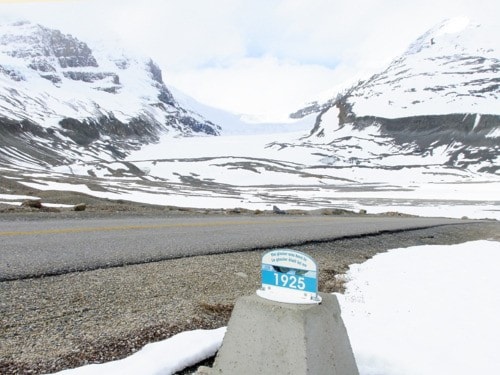Your editor took a couple of weeks off recently. While on holiday I had a chance to go on a short driving tour into southern Alberta.
On the way there we stopped at the Columbia Icefield and were shocked by how much the glacier has receded.
If you haven't been there for several years you will be surprised by the change.
The Athabaska Glacier, which is the toe of the Icefield that you can see from the Icefield Parkway, is receding at a rapid rate. Over the last 125 years the glacier has lost over half its volume and receded over 1.5 km - that's an average of more than 10 m per year.
It is one thing to read about climate change and it is another to see its concrete, undeniable impact.
There used to be a very large quantity of ice filling the valley at the Athabaska Glacier. That ice is no longer there.
Yes, there are other glaciers elsewhere in the world that are growing - but they are the exception. The general trend all around the globe is for glaciers to get smaller. The global climate isn't just changing but getting warmer.
At the local level, this is important for communities that depend on glaciers for consistent, year-round water. Here in the North Thompson, we often see situations where water levels in creeks and rivers rise during hot weather because of glaciers melting.
At the global level, the danger of catastrophe should be clear.
We need meaningful international action to reduce climate change and to mitigate its effects. And we need it now.
- Keith McNeill
